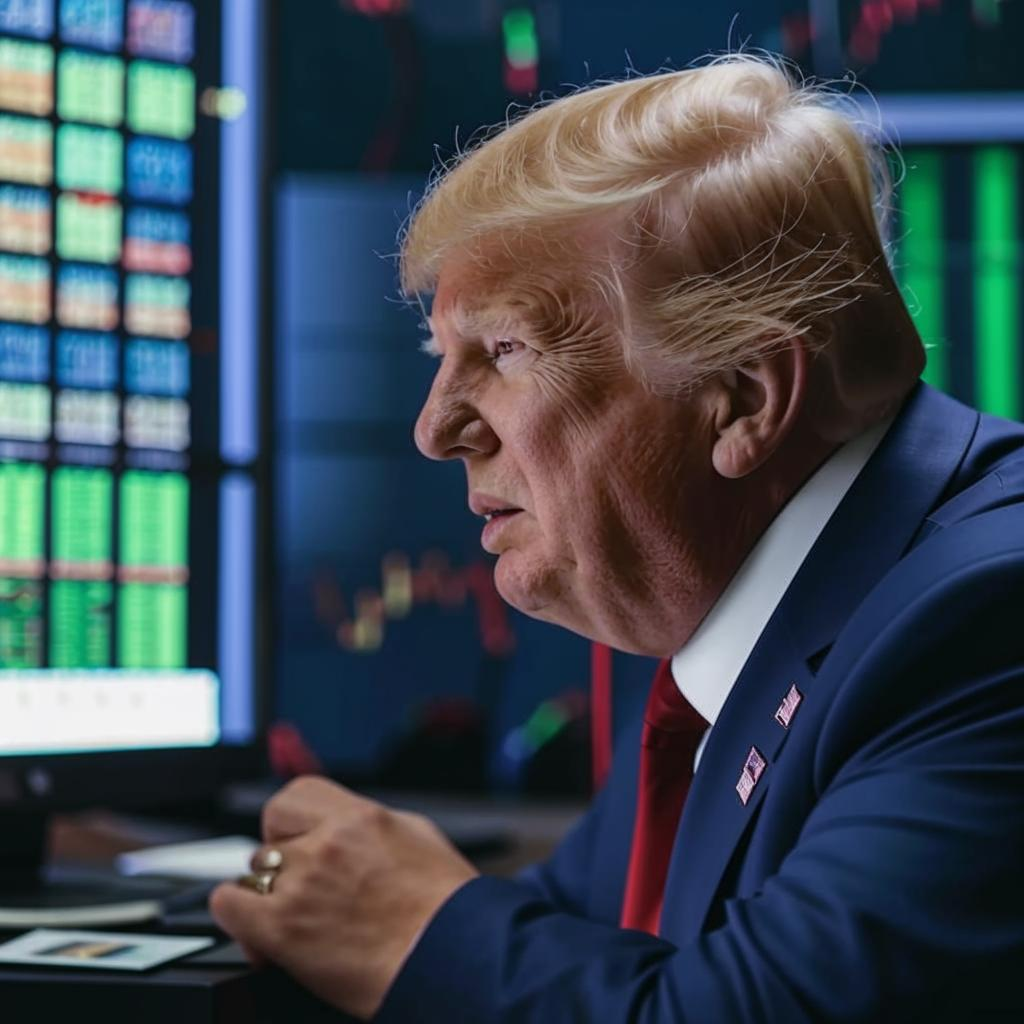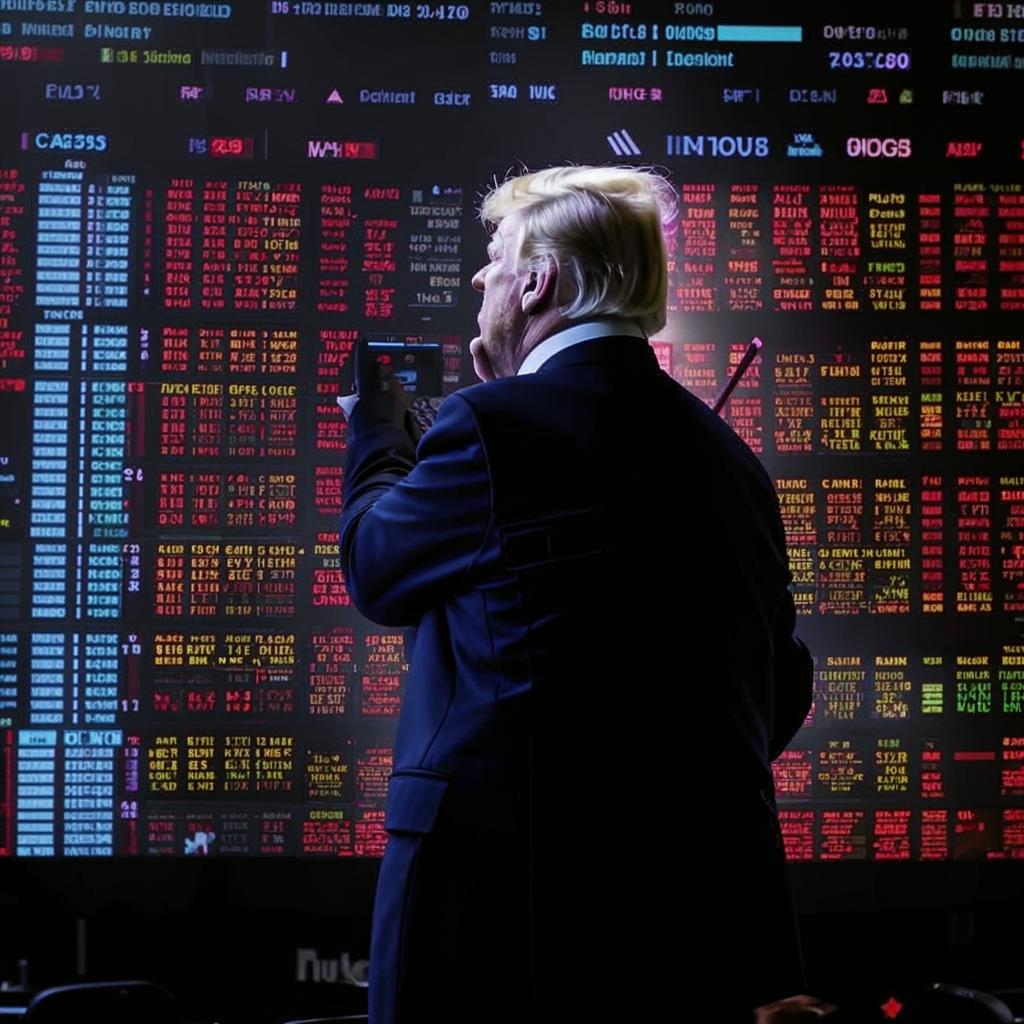Trump’s initial 100 days stirred economic unease. Despite stock market gains fueled by promised tax cuts and deregulation, deeper issues arose. Escalating trade tensions, particularly with China, sparked fears of a damaging trade war affecting businesses and consumers.
The proposed budget, slashing social programs while boosting military spending, drew bipartisan criticism. Experts warned these actions could worsen inequality and hinder long-term growth. Uncertain healthcare and immigration policies further destabilized businesses, delaying investments.
Independent analyses suggest short-term gains might mask severe long-term consequences. The combination of protectionism, fiscal risks, and regulatory ambiguity could push the US economy towards crisis. Fears mounted that Trump’s policies might reverse prior economic progress. The future remains uncertain whether Trump’s gamble will succeed or trigger economic hardship. Economists emphasize caution as the long-term impacts begin to emerge. The administration defended its policies as necessary for restoring American competitiveness, promising significant job growth and economic prosperity.
The coming months will be crucial in determining the true impact of these policies, with markets and economists watching closely for any signs of further instability or signs of recovery. The legacy of Trump’s first 100 days is being shaped in real-time, with the long-term consequences of his economic policies are beginning to take form.













